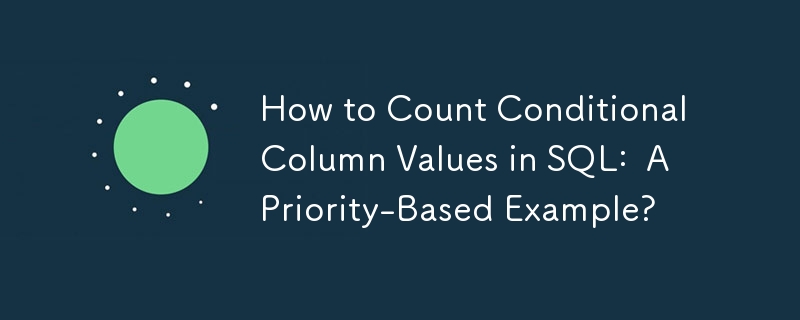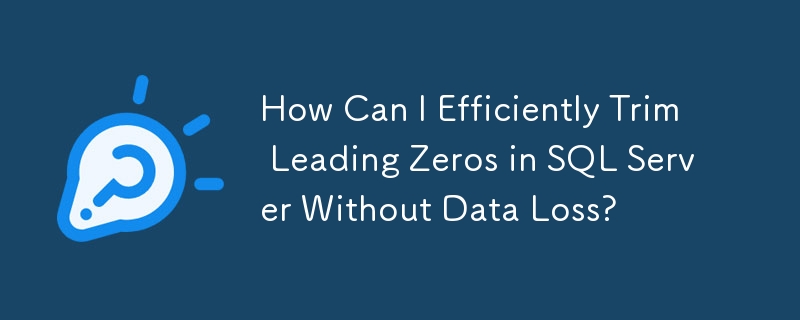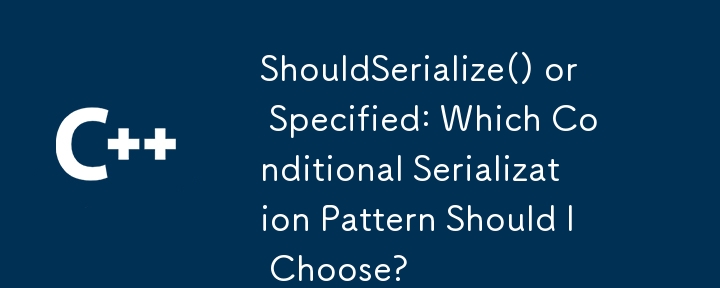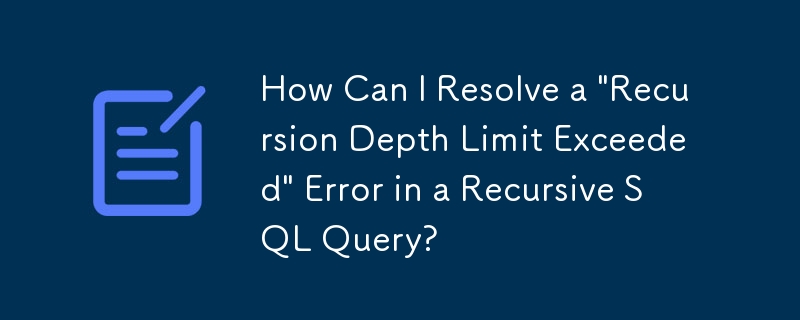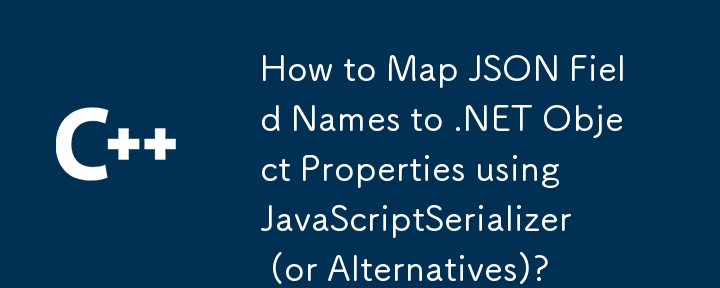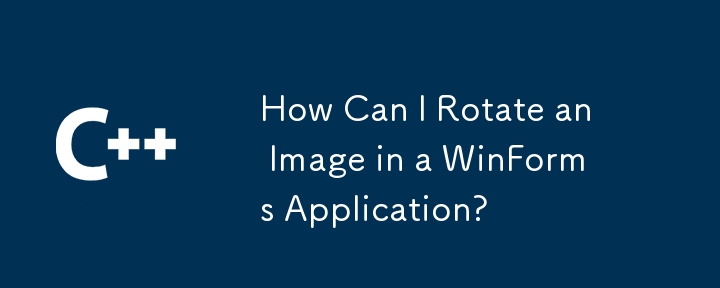Found a total of 10000 related content

Explain Angular dependency injection
Article Introduction:Dependency injection (DI) is the core mechanism of the Angular framework, which reduces inter-class coupling by providing dependencies externally rather than creating them by itself. 1. DI automatically passes dependency instances through constructor parameters, such as constructor(privateservice:DataService); 2. Angular supports multi-level injectors: root injector (providedIn:'root') provides global singleton services, module/component-level injectors limit service scope; 3. Common injection methods include constructor injection (most commonly used), attribute injection and method parameter injection; 4. Notes include avoiding circular dependencies, preventing duplicate services from causing non-singleton problems, and using APP_I
2025-06-29
comment 0
588

How does dependency injection improve code testability and maintainability in PHP?
Article Introduction:Dependency injection (DI) makes PHP code easier to test and maintain by reducing tight coupling between components. Its core advantages include: 1. Simplify unit testing, allowing injection of simulated objects to replace real services, avoid side effects, and improve testing speed and reliability; 2. Promote loose coupling, making the class dependency interface rather than concrete implementation, making it easier to independently modify and expand components; 3. Improve reusability and configuration flexibility. The same class can achieve diversified behavior by injecting different dependencies in different contexts, such as the development, production and testing environments using different logging methods. In addition, modern PHP frameworks such as Symfony and Laravel built-in DI containers further simplify the implementation of object management and dependency injection.
2025-06-04
comment 0
516

How to Implement Dependency Injection in PHP
Article Introduction:Implementing dependency injection (DI) in PHP can be done by manual injection or using DI containers. 1) Manual injection passes dependencies through constructors, such as the UserService class injecting Logger. 2) Use DI containers to automatically manage dependencies, such as the Container class to manage Logger and UserService. Implementing DI can improve code flexibility and testability, but you need to pay attention to traps such as overinjection and service locator anti-mode.
2025-05-07
comment 0
1131
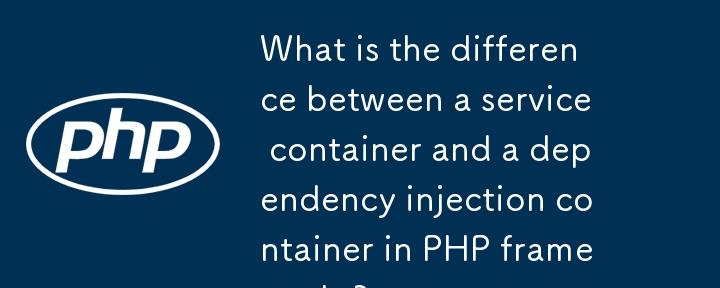
What is the difference between a service container and a dependency injection container in PHP frameworks?
Article Introduction:Service containers and dependency injection containers are often mentioned in the PHP framework. Although they are related, they are different. Dependency injection containers (DICs) focus on automatically parsing class dependencies, such as injecting objects through constructors without manual instantiation. The service container extends its functions on this basis, including binding interfaces to specific implementations, registering singletons, managing shared instances, etc. When using it, if the class dependency resolution or cross-frame scenarios are discussed, it should be called DIC; if it involves service management within the framework, it is called a service container. The two are often integrated in modern frameworks, but understanding their differences can help to gain a deep understanding of the framework mechanism.
2025-06-04
comment 0
816

Describe the SOLID principles and how they apply to PHP development.
Article Introduction:The application of SOLID principle in PHP development includes: 1. Single responsibility principle (SRP): Each class is responsible for only one function. 2. Open and close principle (OCP): Changes are achieved through extension rather than modification. 3. Lisch's Substitution Principle (LSP): Subclasses can replace base classes without affecting program accuracy. 4. Interface isolation principle (ISP): Use fine-grained interfaces to avoid dependencies and unused methods. 5. Dependency inversion principle (DIP): High and low-level modules rely on abstraction and are implemented through dependency injection.
2025-04-03
comment 0
1104
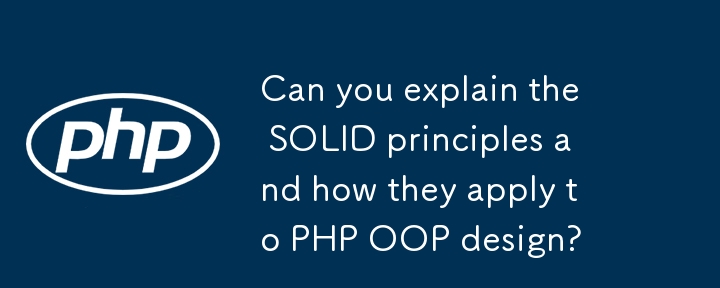
Can you explain the SOLID principles and how they apply to PHP OOP design?
Article Introduction:SOLID principle improves code maintainability and scalability through five core principles in PHP object-oriented design. 1. The single responsibility principle (SRP) requires that each class has only one responsibility, and the separation of concerns is achieved through splitting functions; 2. The opening and closing principle (OCP) advocates extending behavior through interfaces or combinations rather than modifying the original code; 3. The Richter replacement principle (LSP) ensures that subclasses can replace the parent class without destroying logic and avoid behavior inconsistencies; 4. The interface isolation principle (ISP) recommends defining fine-grained interfaces to avoid redundant dependencies; 5. The dependency inversion principle (DIP) decoupling high-level and underlying modules by relying on abstract types (such as interfaces) rather than concrete implementation, and is commonly implemented by dependency injection.
2025-06-19
comment 0
628

What is Reflection API in PHP and give practical examples?
Article Introduction:The Reflection API in PHP allows you to check and manipulate code at runtime. 1) It implements reflection function through classes such as ReflectionClass. 2) The working principle of the reflection API depends on the Zend engine. 3) The basic usage includes checking the class structure. 4) Advanced usage can implement dependency injection containers. 5) Common errors need to be handled through try-catch. 6) Performance optimization suggestions include cache reflection results and avoiding unnecessary reflections.
2025-04-04
comment 0
590
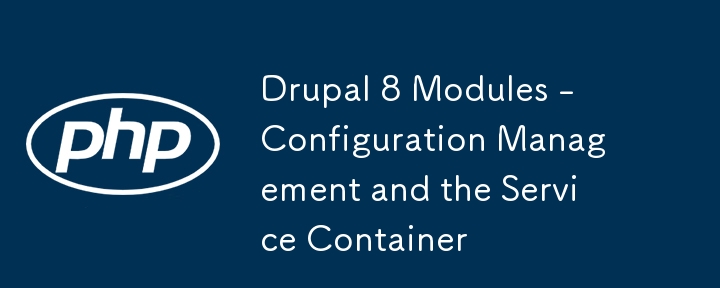
Drupal 8 Modules - Configuration Management and the Service Container
Article Introduction:Core points
Drupal 8's ConfigFormBase class provides additional functionality to interact with the configuration system, allowing tools to convert forms to stored values. This can be done by replacing the extension class with ConfigFormBase and making the necessary changes in the form. The configuration in Drupal 8 is stored in a YAML file and can be changed through the UI for deployment across different sites.
The service container in Drupal 8 allows the creation of a service, that is, a PHP class that performs global operations, and registers it into the service container for access. Dependency injection is used to pass objects to other objects, ensuring decoupling. You can create de in the root directory of the module
2025-02-21
comment 0
1181
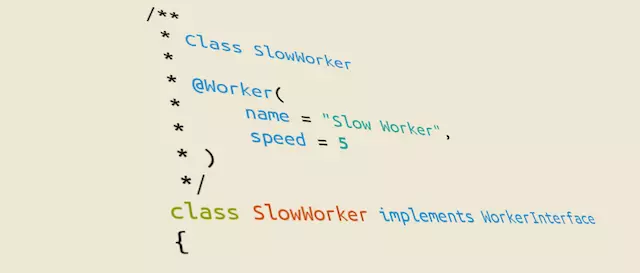
Your Own Custom Annotations - More than Just Comments!
Article Introduction:PHP Custom Annotations: Enhanced Code Flexibility and Scalability
This article discusses how to create and use custom annotations in Symfony 3 applications. Annotations are the document block metadata/configuration we see above classes, methods and properties. They are often used to declare controller routing (@Route()), Doctrine ORM mapping (@ORM()), or control Rauth and other packages. Types and methods of access. This article will explain how to customize annotations and read class or method information without loading the class.
Key points:
PHP custom annotations can be used to add metadata to your code, affecting your code behavior, making it more flexible and easier to adapt. They can be used to define routing information, specify verification rules, or configure dependency injection.
2025-02-15
comment 0
1020

What are the best practices for writing clean and maintainable PHP code?
Article Introduction:The key to writing clean and easy-to-maintain PHP code lies in clear naming, following standards, reasonable structure, making good use of comments and testability. 1. Use clear variables, functions and class names, such as $userData and calculateTotalPrice(); 2. Follow the PSR-12 standard unified code style; 3. Split the code structure according to responsibilities, and organize it using MVC or Laravel-style catalogs; 4. Avoid noodles-style code and split the logic into small functions with a single responsibility; 5. Add comments at key points and write interface documents to clarify parameters, return values ??and exceptions; 6. Improve testability, adopt dependency injection, reduce global state and static methods. These practices improve code quality, collaboration efficiency and post-maintenance ease.
2025-06-24
comment 0
222


Dave The Diver: How To Catch Spider Crabs
Article Introduction:In Dave The Diver, there are some creatures that are not easy to catch. Or, catch alive that is. The spider crab is one of those very species, making it seem like the only way to bring these crustaceans back up to land is to viciously crack them up w
2025-01-10
comment 0
777

Prepare for Interview Like a Pro with Interview Questions CLI
Article Introduction:Prepare for Interview Like a Pro with Interview Questions CLI
What is the Interview Questions CLI?
The Interview Questions CLI is a command-line tool designed for JavaScript learners and developers who want to enhance their interview
2025-01-10
comment 0
1407
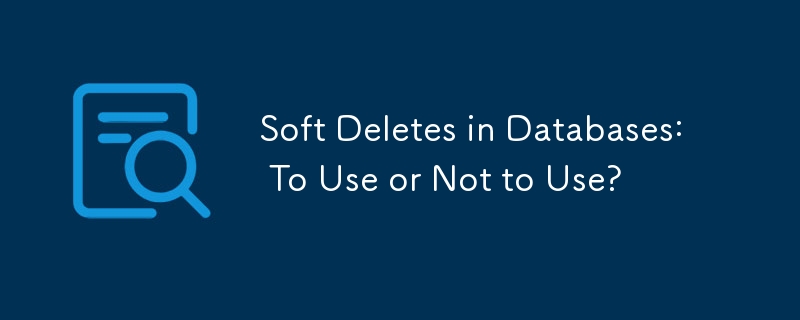
Soft Deletes in Databases: To Use or Not to Use?
Article Introduction:Soft Deletes: A Question of DesignThe topic of soft deletes, a mechanism that "flags" records as deleted instead of physically removing them, has...
2025-01-10
comment 0
1026












